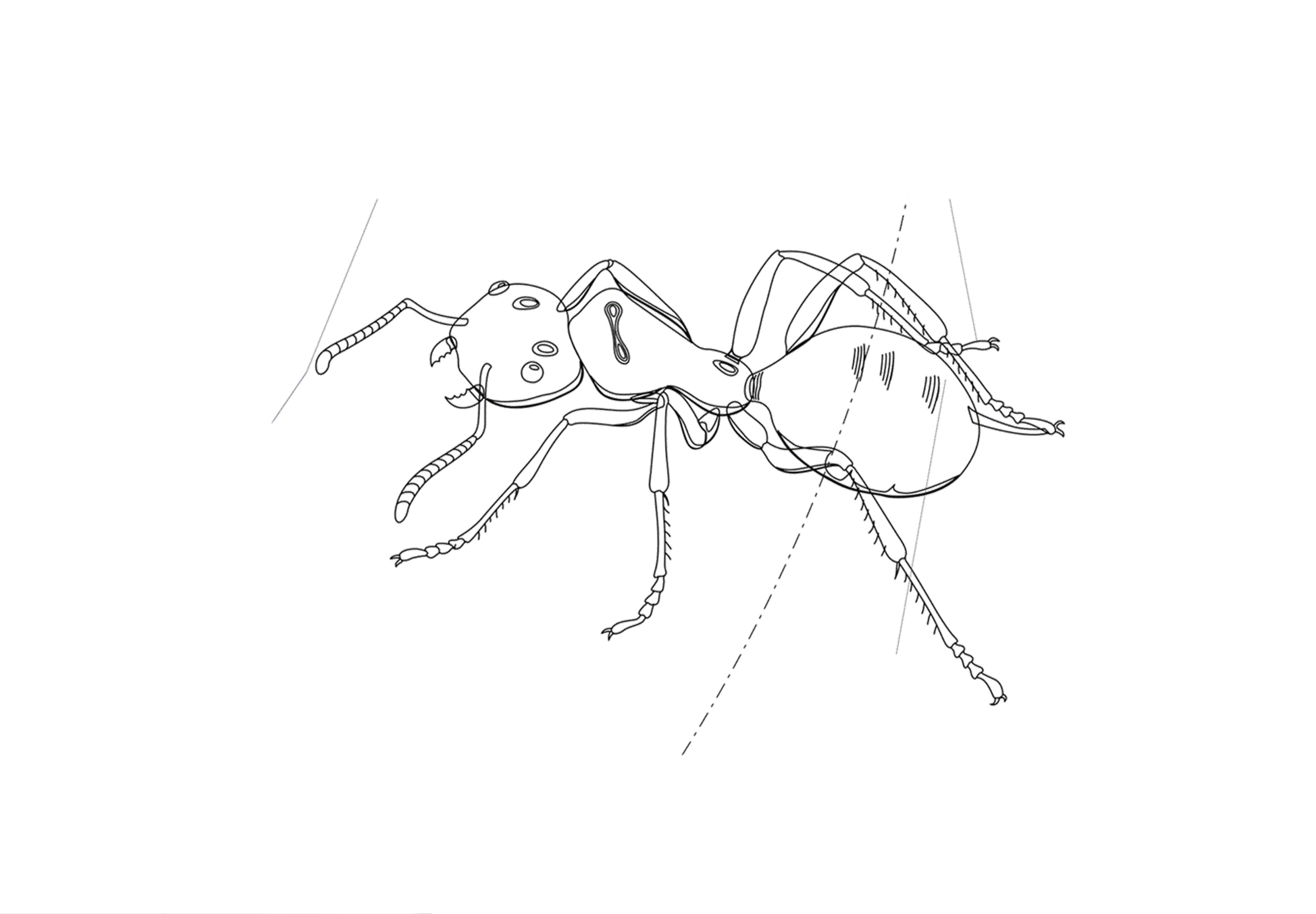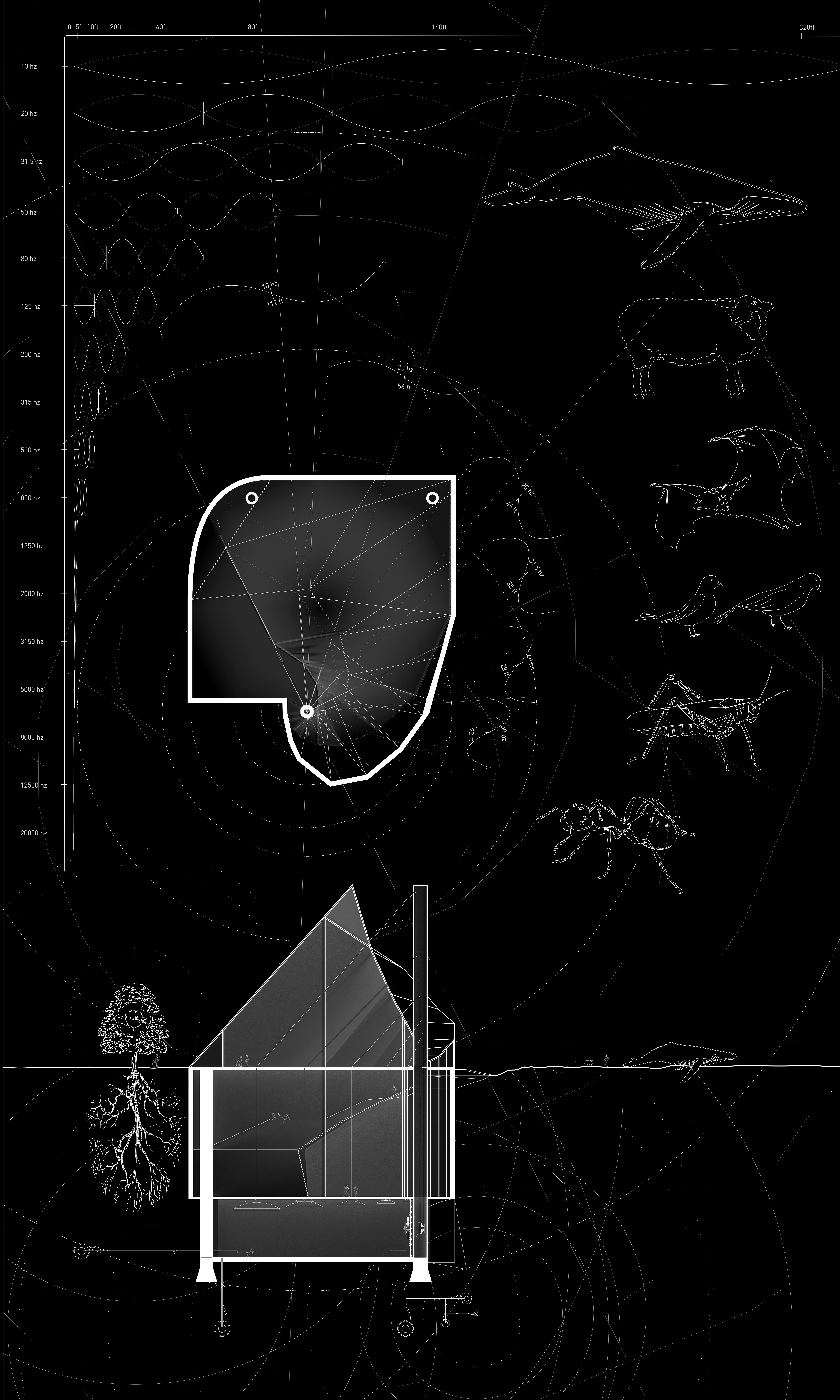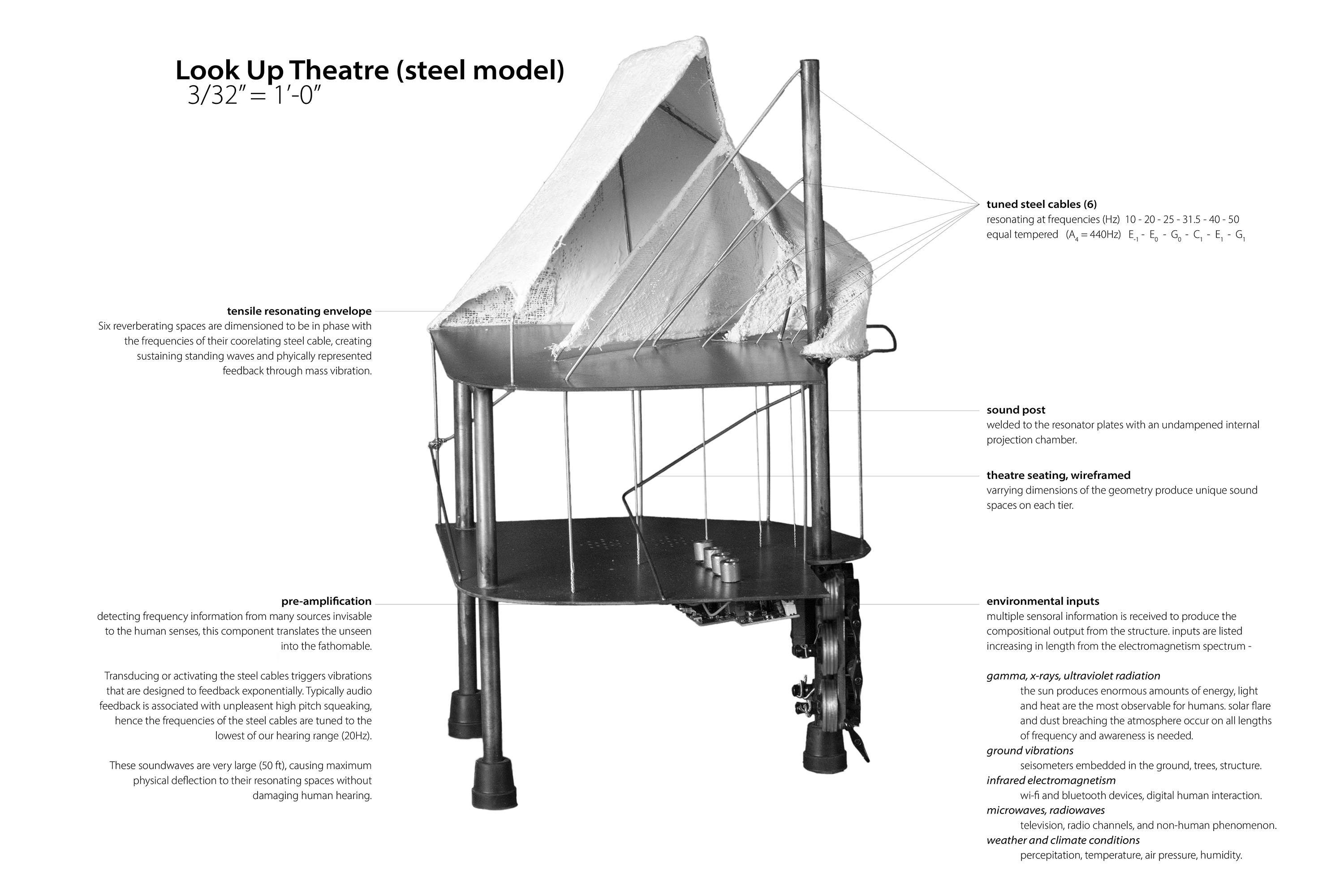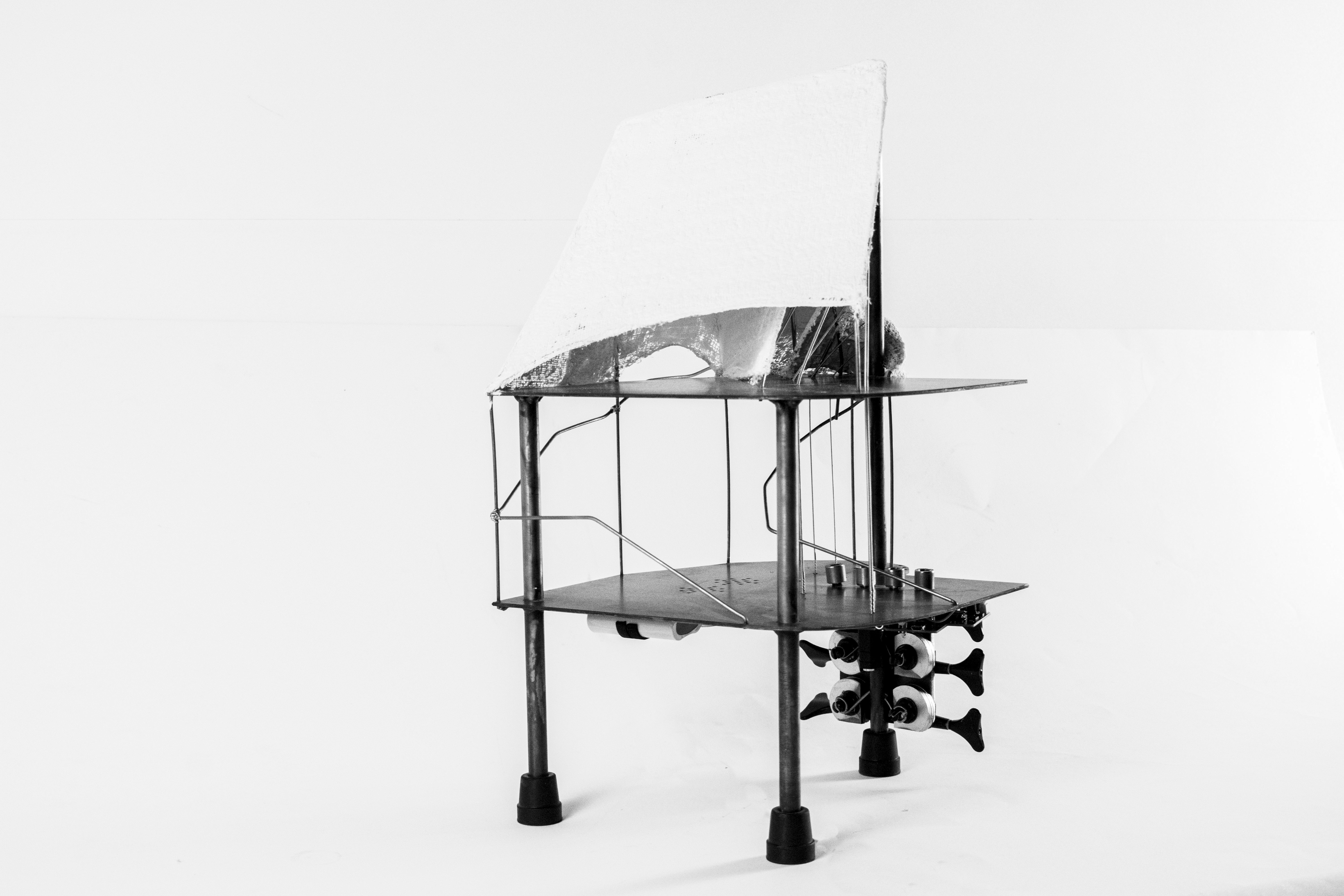look up
(2019)
Prof. Dawn Gilpin, Institutions StudioUniversity of Michigan, Taubman College of Architecture + Urban Planning, M.Arch Thesis
a building as an instrument for awareness
Theatre for the first humans was the flicker of shadows on cave walls and the sky. The calm that this light brings is in every person.
“You look at the sky, don’t you?
I live in the city, where the sky is hidden.
We spend so much time looking down.”1
In response to the rampant accessibility of performances at the fingertips of society is an architecture that yells and kicks then gives you hugs. There are thousands of events happening around us at all times, from when the tires grip the streets to the waveforms of hibernating beasts underground. Through a built intervention this energy is amplified.
Using a diversity of lenses, this architecture witnesses and listens to it’s environments call. In response - electrical signals are transduced into steel cables, promoted by the resonator that produces an environment in phase.2
Lastly the architecture speaks out. It broadcasts the counter-frequency in the airwaves, live. Weather and surrounding happenings affect the response severely, triggering an improvisational performance from environmental inputs.
Inputs from the environment are mostly in the form of electromagnetic frequencies. Seismic activity, vibrations from the ground, you can detect traffic or a construction site nearby.

“I’m interested in perspective shift, that’s non-human, other ways to see the world, from other points of view.”
 sound wave fractions produce overtones or phasing
sound wave fractions produce overtones or phasing
The theatre is a series of spaces that are resonated by the frequencies in its environment. The form is dictated by various lengths of sound waves that resonate in phase when activated by tuned steel cables.




1 Cielo (2007), Allison McAlpine, love poem to the night sky, set in the Atacama Desert, Chile.
2 Phase is used modernly in the technology in noise canceling headphones. It has a microphone on the outside that inverses the environments sound. Two soundwaves must inverse each other at reciprocal peaks.
2 Phase is used modernly in the technology in noise canceling headphones. It has a microphone on the outside that inverses the environments sound. Two soundwaves must inverse each other at reciprocal peaks.